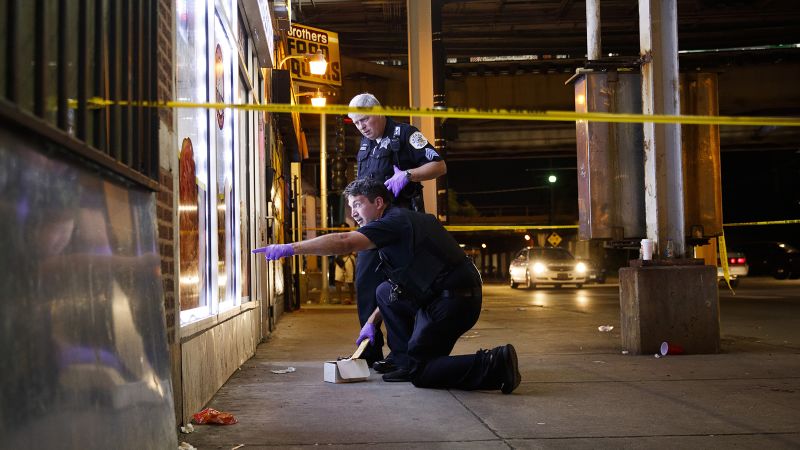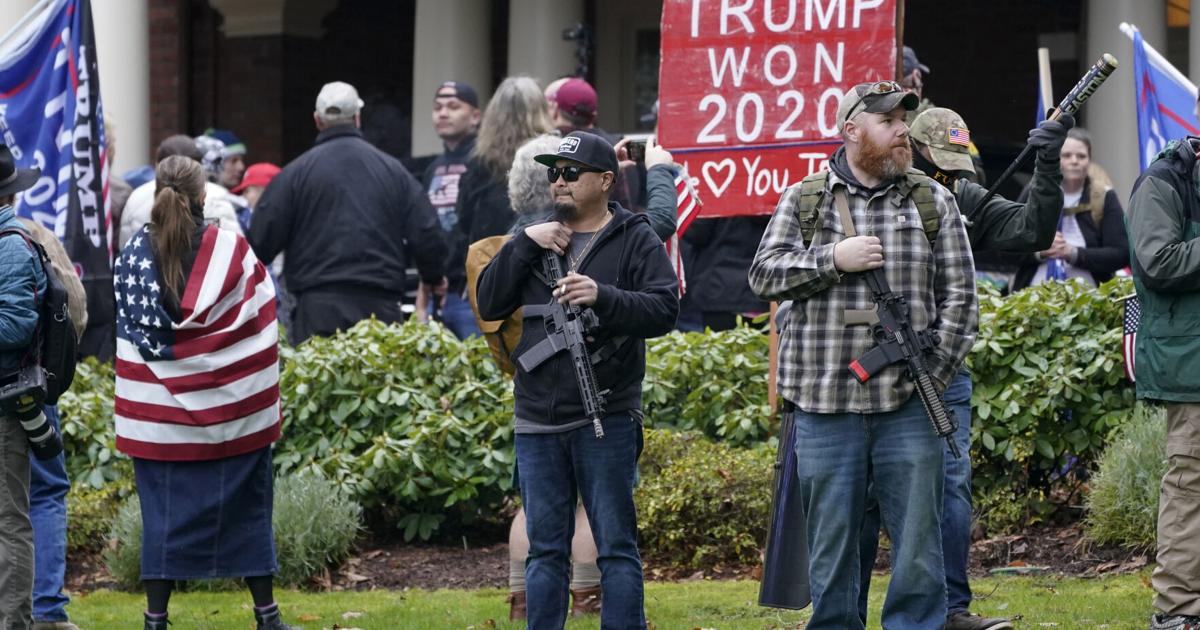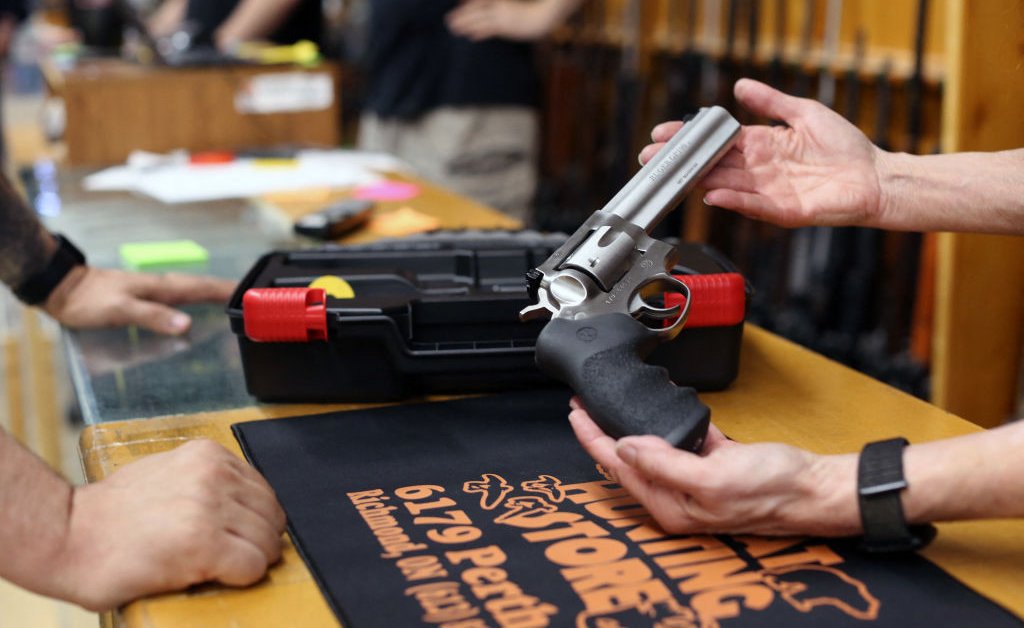Reader David Douglass provides the following comments about Busting the Durable Myth That U.S. Self-Defense Law Is Uniquely ‘Harsh’ By T. Markus Funk, Ph.D.
Awa, you’re correct about Fink’s manner of writing, but the context and conclusions of that writing are completely misplaced because he doesn’t fully understand Use-of-Force Law in the U.S. I’ll post an example and my take on it.
Example:
To illustrate the real-world impact of this honest-belief-only standard, recall embattled Rittenhouse prosecutor Thomas Binger. In his closing arguments, Binger asked the jury repeatedly what a “reasonable person” would have done in Rittenhouse’s position: “Would you have gone out after curfew with an AR-15 looking for trouble? Would you have aimed at other people? Would you have tried to use the gun to protect an empty car lot? No reasonable person would’ve done these things!”
Prosecutor Binger’s near-singular focus on the alleged unreasonableness of Rittenhouse’s conduct serves to highlight how game-changing England’s honest-belief standard is. In England, the jury would not need to be persuaded of the objective reasonableness of Rittenhouse’s asserted belief that deadly force was required to ward off an imminent attack. Instead, Rittenhouse would be entitled to an acquittal if the jury merely concluded that he honestly held his belief. Suffice it to say that it does not take a practitioner with years of in-the-trenches experience to recognize that this honest-belief-only standard imposes significant additional burdens on prosecutors. It removes the objective reasonableness safeguard and requires prosecutors to focus their entire energy on the difficult task of disproving defendants’ claims about what they were thinking when they, say, pulled the trigger.
Example: In Germany, on the other hand, Rittenhouse would have merely had to persuade the fact finder that his exercise of deadly force was necessary to prevent the attackers from, among other things, robbing, assaulting, or battering him. Prosecutor Binger argued that “Joseph Rosenbaum was chasing after the defendant because he wanted to do some physical harm to him, but you don’t bring a gun to a fist fight.” Such a contention could carry weight in the United States. But if prosecutor Binger made this argument in Germany, he would be conceding that a non-trial attack was in Rittenhouse’s future, thereby all but guaranteed a speedy acquittal.
My Take:
Fink has misapplied Rittenhouse case by presenting prosecutor Binger’s distorted interpretation of Rittenhouse’s use of force as if it is a true representation of the application of US Use of Force Law, which it is not. And as the end result of the case played out, it turns-out the Rittenhouse case was completely in agreement with Germany’s laws, proving that US Law accurately applied as intended, actually produces the same end result—justified use of force. Fink uses the grossly distorted leftist liberal interpretations of US LAW as presented by Binger as if it is an example of the legal intent of US LAW. Just because a liberal leftist prosecutor grossly distorts the law as written and applied it deceptively, using outright lies, doesn’t mean it’s a credible example of how US Law regarding Use of Force should be upheld by prosecution in a court of US Law. Only a liberal leftist mindset would believe Binger was “embattled”, meaning the prosecutor here was bond by law and doing his legal duty and was therefore credibly representing the law as written i.e., Rittenhouse had no right to, use-o -force law protection. This is not a good example of the point Fink believes should be considered to prove his assertion. But he believes it is. He therefore gives the liberal leftist mindset on Use of Force, credence by using an incorrect interpretation of Use of Force Law. Fink doesn’t make a distinction of, nor separate, social activism from actual law.
Fink later states again, the Binger’s argument could ‘carry weight’ in the USA but not in Germany. This is again conflating Use of Force Law regarding objective reasonableness by disregarding or omitting subjective reasonableness as a key determiner in judging objective reasonableness. To be “Objective” one must understand the defendant’s subjective reasoning, in error or not.
.
Fink’s final statement: Ultimately, such impactful misconceptions distract us from having a more fully informed debate about the appropriate role of, and justification for, self-preferential deadly force in a modern, democratic nation. Correcting such fallacies, then, is a vital first step towards a more balanced and promising conversation about criminal justice reform in a pluralistic society like ours.
.
I believe he does not realize that he in fact has added to ironically, ‘misconceptions which distract us from having a more fully informed debate…..’ by using bad cases upon which to base his premise. But perhaps he knows exactly what he’s doing. After all, prosecutors across this nation cringed at the legal arguments presented by Binger on Use-of-Force Law in the Rittenhouse Case.
— Why are they arguing outside of Bruen comment section
David, what you are saying is interesting but I do not read it the same way.
Self-Defense is an affirmative defense. At that point the state, represented by Binger, has to prove that it was not self defense. There are certain requirements for an action to be considered self-defense.
- Innocence. You can’t start the fight
- Imminence. The threat is either happening or about to happen very soon
- Proportionality. The response has to match the level of threat. You don’t get to shoot somebody because they spit at you.
- Avoidance. Could you have avoided the fight?
- Reasonableness. Were your actions reasonable as perceived by an outside source
You can’t say “I was scared for my life” because somebody is across the street yelling towards you. That same person rushing across the street towards you could be reasonable.
For example:
Miguel! Miguel! It’s been ages!
Woman rushes across the street towards Miguel who shoots her dead because that’s what a reasonable person does when an old acquaintance crosses the road to meet you.
The other side of that example is that it isn’t a woman from his past, instead it is a beefy angry looking bald dude a big hammer and sickle tattoo who is yelling in anger before making a bull rush across the street after dark.
One is reasonable, one is not.
Binger was attempting to get the jury to determine that Kyle’s actions were not reasonable. The aspects of self-defense will be given to the jury as jury instructions before they go to deliberate. The word “reasonableness” will be in those instructions.
If Binger can convince the Jury that Kyle had not acted in a reasonable manner then the Jury might find Kyle guilty. The defense would have and did make the argument that “reasonableness” is in regards to the act at the time of the act.
Was it smart for 17 year old Kyle to be in that location, at that time, carrying an AR-15? Not for me to say. I would not have wanted my 17 year olds anywhere near that location, armed or unarmed.
Regardless, there was nothing that was happening at that moment in time when Kyle was at the car lot that has any bearing on the case.
Dr Funk is comparing English Law to US Law. He is saying that since “reasonableness” is not part of the requirements for a self-defense claim in English Law, Binger’s argument would make not difference at all.
I didn’t see anything I really found wrong in Funk’s paper. I think he did an Okay job of showing that US self-defense law is reasonable in its limits and freedoms.
Regardless, thanks for bringing the paper to my attention.
Like this:
Like Loading...









